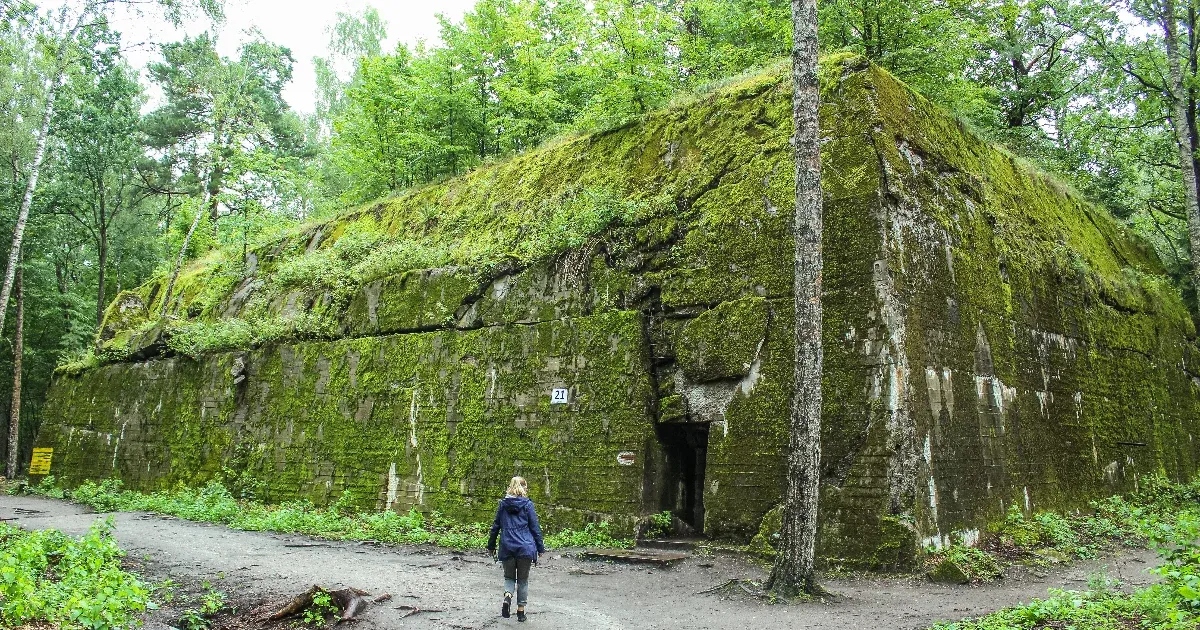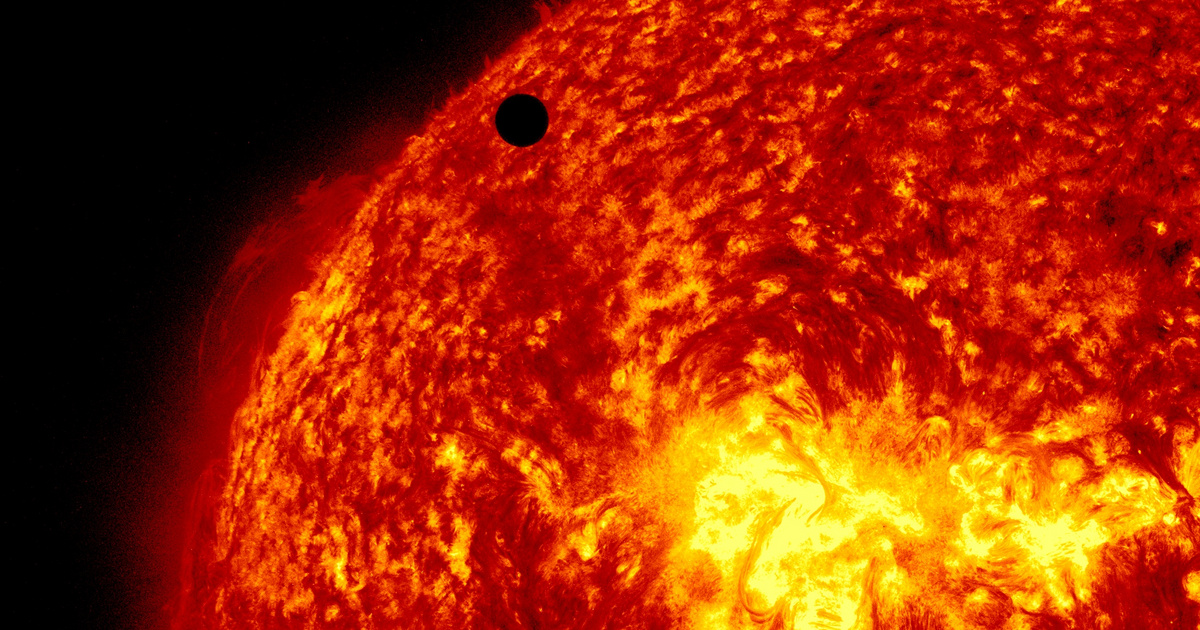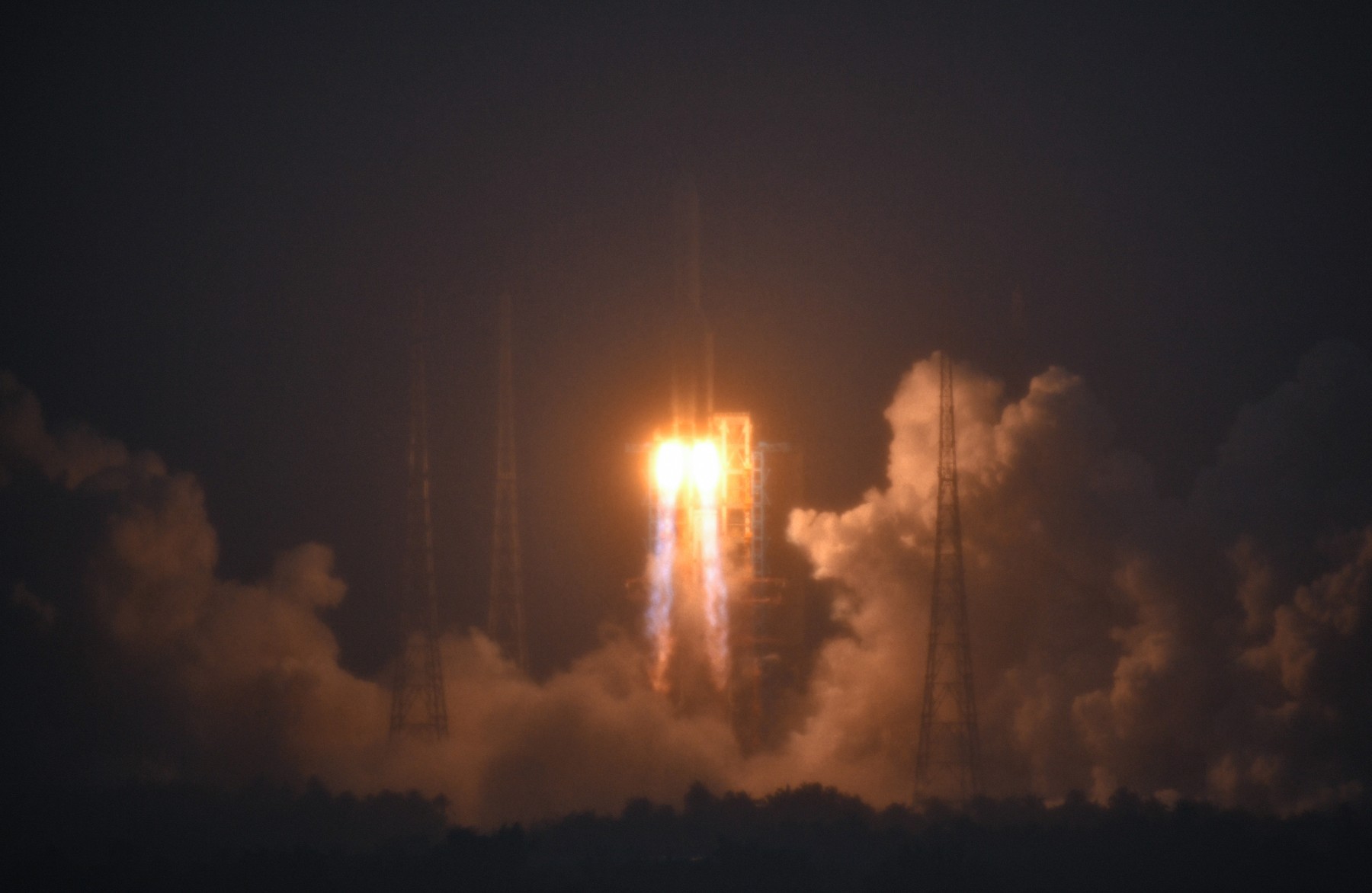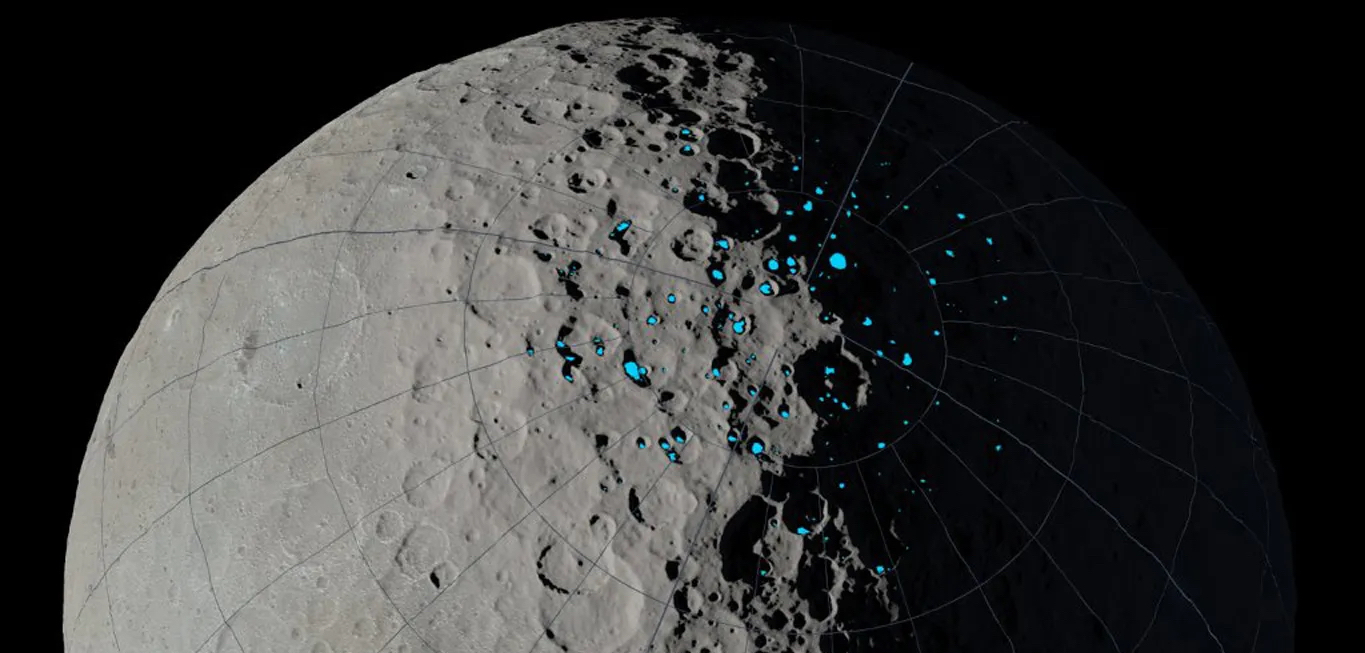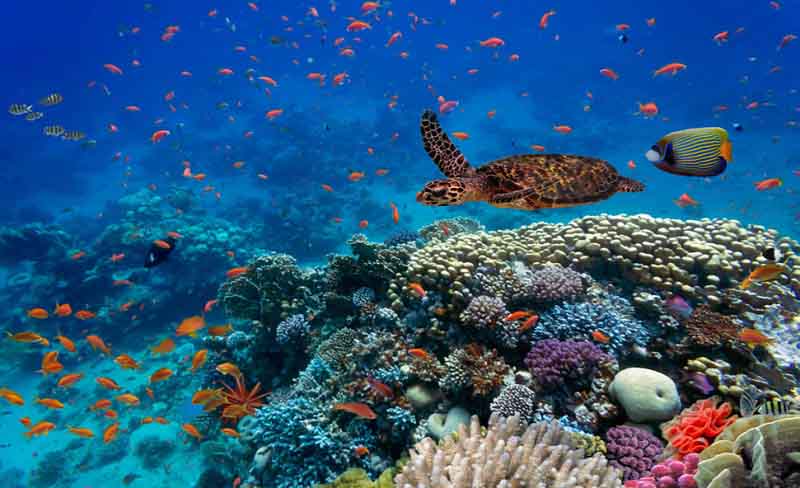The latest research sheds light on a strange 36-million-year cycle that permeates Earth’s history with a flourishing of marine biodiversity. But what are the mechanisms behind it, it permeates the biodiversity boom. But what are the mechanisms behind these massive changes? Well, plate tectonics may play a role in this.
Cycle was discovered by a team of scientists from the Sorbonne, University of Madison, University of Sydney and University of Geneva, who meticulously analyzed marine animal fossil data from the past 250 million years, he writes: Orego.
They examined the Earth’s pace, so to speak, which is found not only in the fossil record, but also in sea level changes and the Earth’s internal mechanisms.
This suggests that the tides of marine life are followed by the Earth’s geodynamic “orchestra” at a rate that is “moved” by global sea level cycles.
Imagine the Earth’s tectonic plates as giant, unwieldy ballets
Dietmar Müller, a professor at the University of Sydney, explained to the online science portal ZME Science. This symbolic dance speeds up or slows down every 36 million years, resulting in changes in sea floor spreading and cyclical changes in the depth of the ocean basins.
He added: All these geological cycles cause the rise and fall of the oceans and the immersion and drying of the continents. These wide, shallow seas eventually became the cradle of biodiversity.
As if retelling Earth’s history in slow motion, the researchers witnessed the evolution of sea-level change cycles, the Earth’s internal processes, and the marine fossil record.
The Cretaceous Winton Formation in Queensland, Australia is an excellent example of how these changes in sea level can affect ecosystems and biodiversity. Famous for its collection of dinosaur fossils and precious opal, this formation provides a valuable glimpse into an era when Australia was almost completely submerged.
Landscapes changed with each rise and fall in sea level, ecological niches were created and disappeared into the shallow seas, and each unique habitat was home to a different group of species.
The findings, published in the Proceedings of the National Academy of Sciences, challenge previous theories about why species have evolved over long periods of time.
According to Müller, the 36-million-year cycles are formed because of the regular patterns of tectonic plates being recharged into the so-called convective mantle (a slow-moving, soup-like layer of Earth’s interior). This geological clock, intertwined with changes in sea level, shapes the evolution and extinction of marine species over millions of years.
Subscribe to Kárpatinfo.net channels: FacebookAnd InstagramAnd Twitter, cable, google news









